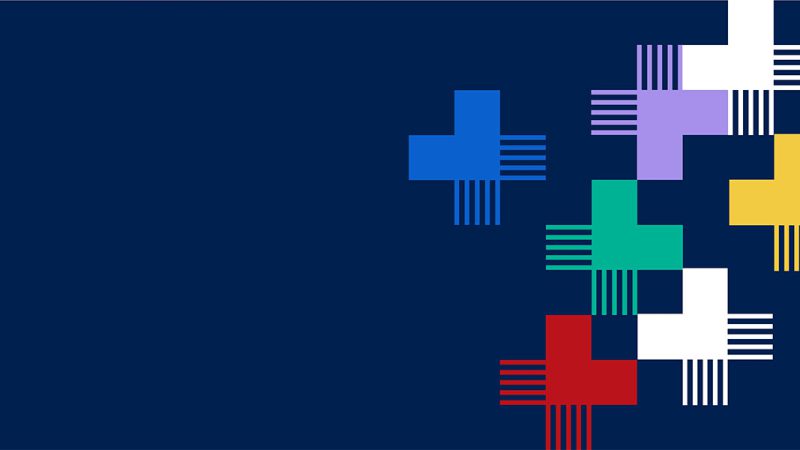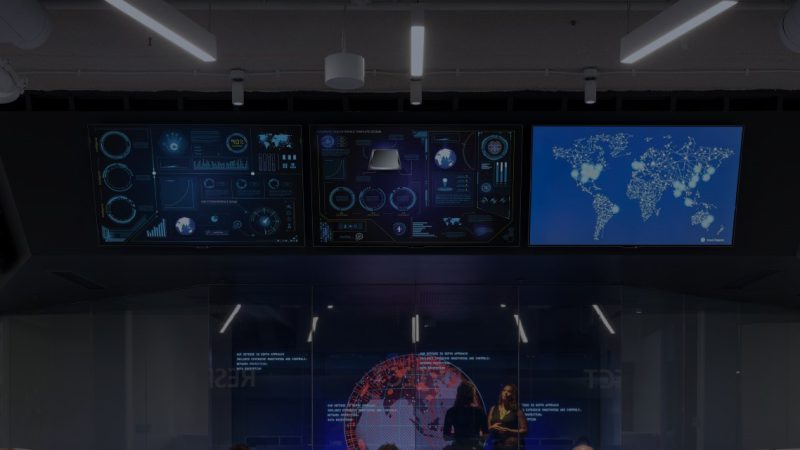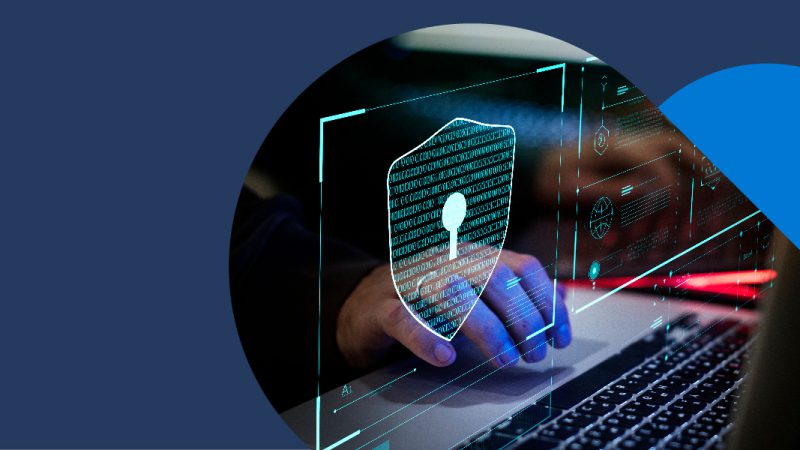
Managing a public sector workforce?

Those managing large teams in the public sector are looking forward to the dust settling on post-covid’s new normal. But with every change of government bringing a new agenda, leaders must constantly reflect on how new ways of working affect organisational culture.
A key goal for public sector leaders is to equip your staff to work effectively, increase employee engagement – while implementing a simpler operational model for managing devices and securing data.
I work closely with public sector agencies that are seeing the benefits of company-wide collaboration platforms that give staff the flexibility and tools to work productively from anywhere.
Working with Transport for NSW (TfNSW) with 30,000 staff offers an inspiring example of how a large government department can successfully implement hybrid working at scale.
With high staff retention rates, increased worker satisfaction ratings and the ability to attract high-quality employees. Richard Host, TfNSW’s Chief Technology & Innovation Officer, says, “We trust our people to carry out important tasks in the workplace every day, so we should also trust them to establish a work life balance through a more flexible choice of working hours and to be in the office for the moments that matter – the in-person consultations, celebrations and situations where personal interaction is key.”
Based on my experiences supporting state and federal government agencies, I’ve distilled seven tactics you can implement in your organisation to enhance collaboration while streamlining processes within a government compliance framework:
1. Use workplace flexibility to enhance productivity
As we all remember only too well, the pandemic demanded that hundreds of thousands of Australian government employees work from home. Using Teams and Office 365 has changed not just where staff work, but also how they work. Beyond face-to-face meetings, organisations are seeing the benefits of securely sharing presentations, recording meetings, brainstorming on shared whiteboards, co-editing documents in real-time and using the chat channel to have conversations and share resources. These richer, more responsive collaboration capabilities are making it simpler and faster for staff to get things done.
2. Use video to create a sense of belonging
The Teams platform also introduces new possibilities for managers. We’ve seen organisations upgrade their old written communications with livestreams. Staff can ask questions or make comments in real time, which gives presenters instant feedback and a forum to provide instant answers. Now, senior leaders can be more familiar faces to their staff and express themselves more personally. It’s an engaging way to inspire staff and make sure everyone is in the loop, even if they’re in a regional office or permanently remote.
3. Use workplace tools to build in inclusivity
Extending collaboration capabilities has levelled the playing field for regional employees. In the past, a staff member calling in by phone to a meeting may have felt less heard than those who were there in person. Now they have a video presence, file sharing and chat capabilities to participate fully. And with assistive technologies built into Teams and Office 365, like closed captioning to assist those with hearing loss and screen readers for the vision impaired, government agencies can build a more inclusive workplace.
4. Use security to support BYOD choices
Security is a stumbling block when it comes to freeing staff up to use their own devices. It’s something that the Microsoft platform simplifies, allowing staff to access their work via BYO devices in a sustainable and flexible model. Agencies can establish a zero-trust environment with MFA using the Microsoft platform for secure access to Office 365, Teams, SAP and all the services staff need, so IT teams have a more modern and simpler environment to manage and secure.
5. Use technology to improve work-life balance
With hybrid working here to stay, a powerful new tool is Viva Insights, which helps workers maintain balance and deal with change fatigue. Viva’s AI-based system can notify them privately each morning about the day’s meetings and commitments and how they spend their working hours, pointing out the need for quiet time, as well as providing links to meditations and reminders to drink water. And this AI-supported system will continue to expand. New tools like Viva Goals adds an Objectives and Key Results (OKR) management tool to help break down the goals and measures of your organisation.
6. Use chat and tools to automate processes
Next, organisations can focus on maximising the value and capabilities of the Microsoft platform. I’m supporting customers to build tools that integrate with Teams, like a personal assistant bot that will help staff carry out routine tasks more easily. If a staff member types, “I want to take Tuesday off as annual leave”, the bot can organise it for them by putting in the application and notifying the right people and systems. Integrating these back-end processes can potentially save government agencies time and money and make them a better place to work for everyone, especially those with disabilities.
7. Use the modern work environment to retain talent
Almost a quarter of HR professionals cite their top challenge this year as recruitment1, the skills shortage will require public sector organisations to take advantage of every opportunity to attract and retain the best talent. Technology initiatives that deliver the same capabilities as private sector businesses help public organisations attract and retain the best talent. When staff are equipped with the best tools available and they function seamlessly, it raises internal satisfaction and attracts people in a very competitive hiring environment.
Evidence of this comes TfNSW. “Our most recent internal satisfaction survey was the highest yet and we’ve been able to attract some 600 excellent people in a very competitive hiring environment,” says Host. The department recently won ‘Best Remote Work Strategy’ at the Australian HR Awards 2022.
“From the beginning of the pandemic, we’ve been rethinking how we work to make the experience great for our people,” Host says. “The way we work today provides more flexibility and choice in where and when work takes place, to support a better work-life balance while continuing to achieve the best outcomes for the people of NSW.”
Want more tips on digital transformation in the workplace? Read the e-book Designing your company’s hybrid future with Microsoft Teams .
Categorised in: Government, Industry
This post was written by Gavin Brown









